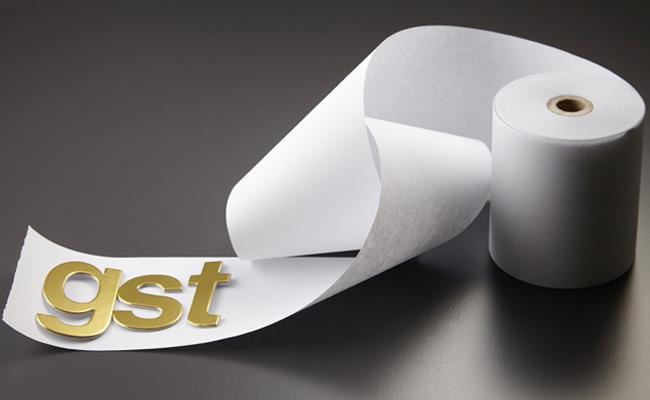
Make businesses future ready to deal with GST: Expert
Naveen Kumar | The Dollar Business
“World over the new trend followed by many governments is to focus more on increasing indirect tax revenue rather than direct tax” said T S Ahluwalia, member, managing committee, FIEO while delivering his welcome address during a seminar on Goods & Service Tax (GST) Regime – A Revolutionary Change organized by Federation of Indian Exporting Organisations (FIEO) in Delhi on January 29, 2015. The theme of the seminar was to increase awareness about the proposed GST among exporters and help them prepare their businesses to be ready to meet future challenge posed by expected transformation in the tax regime of the country. Ajay Sahai, DG & CEO, while delivering his welcome address and setting the agenda of the seminar said that It would be very important for all people involved in export and import to understand what would be the impact of GST on their businesses and they should also develop an understanding as what would be the major areas of concerns which they should convey to the policy makers to keep in mind while finalizing the GST bill. He further said that we should get more clarity on the accumulated tax credit by total export oriented units as how they will get refund and rebate and what kind of new mechanism for doing this is likely to come with GST bill. GST as a concept was introduced by then finance minister in UPA government P Chidambaram in 2006 while presenting the annual budget. It was further pursued by next UPA finance minister Pranab Mukherjee but he could not get the bill passed for many years due to lack national political consensus on the issue. However with new NDA government in place which has brought all the states on board the GST Bill is now likely to come in force from April 2016. The main objective behind the implementation of the GST is to make country a unified market with lesser number of taxes. However unlike the originally envisioned unified tax regime the proposed GST will have two layers that will include Central GST (CGST) and State GST (SGST). Rather than earlier taxing incidence based on the place of origin the major differentiator for the GST is that it would consumption driven. M N Mathivanan, Principal Partner & Country Head, Lakshmikumaran & Sridharan Attorneys, a law firm, while explaining the proposed GST bill said that government was aiming to make goods cheaper by introducing this GST bill. Explaining it further he said that the entire GST move is expected to be revenue neutral however at the same time it is targeted to increase the overall tax base with increased compliance which would help in making goods cheaper. He also highlighted the fact that it was important for businesses to track the GST keenly as it would be critical for them to make future decisions which would include making their IT system compliant with the new tax structure, selection of port for import or export, where to keep warehouse, what to do with accumulated tax credit and so on. He emphasized that businesses will need to keep working on how to develop an overall tax efficient business structure in compliance with new tax rules. One important demand that was raised during seminar was need for period of dual compliance which would make the transition process simpler.
This article was published on January 30, 2015.






 to success.
to success.